
Dr. Clare Milledge is an artist and academic who explores the artist-shaman archetype to connect with contemporary ecologies and existence. Employing enigmatic historical frameworks, she explores how magic and the occult can be used to re-evaluate Westernised connections to non- human entities, including animals, nature, and language. Guided by intuition and grounded in fieldwork, Milledge gathers material from a diverse range of sources including conversations, poems, folklore, literature, the occult, political ecology, feminist theory, MMORPG chat rooms, Tinder profiles, and garden walks. These eclectic elements coalesce to form public assemblage, where her iconic hinterglasmalerei paintings serve as keystones. This technique, employed by Byzantine painters, entails the application of oil paint on the reverse side of glass.
Milledge lives and works in Sydney, Australia and holds a Doctor of Philosophy at Sydney College of the Arts, the University of Sydney (2013), and completed her Honours year at the Statenskunst Akademi, Oslo. Significant exhibitions include From the other side, ACCA, Melbourne (2024); Living Patterns: Contemporary Australian Abstraction, QAGOMA, Brisbane (2023) ; the 23rd Biennale of Sydney: rīvus (2022); NGV Triennial, Melbourne (2020) and Magic Object, Adelaide Biennial of Australian Art (2016). She was an artist in residence at ArtSpace, Sydney (2015-2016). Her work is held in significant private and institutional collections including National Gallery of Victoria, Monash University Museum of Art and Artbank.

From the other side
2023
ACCA
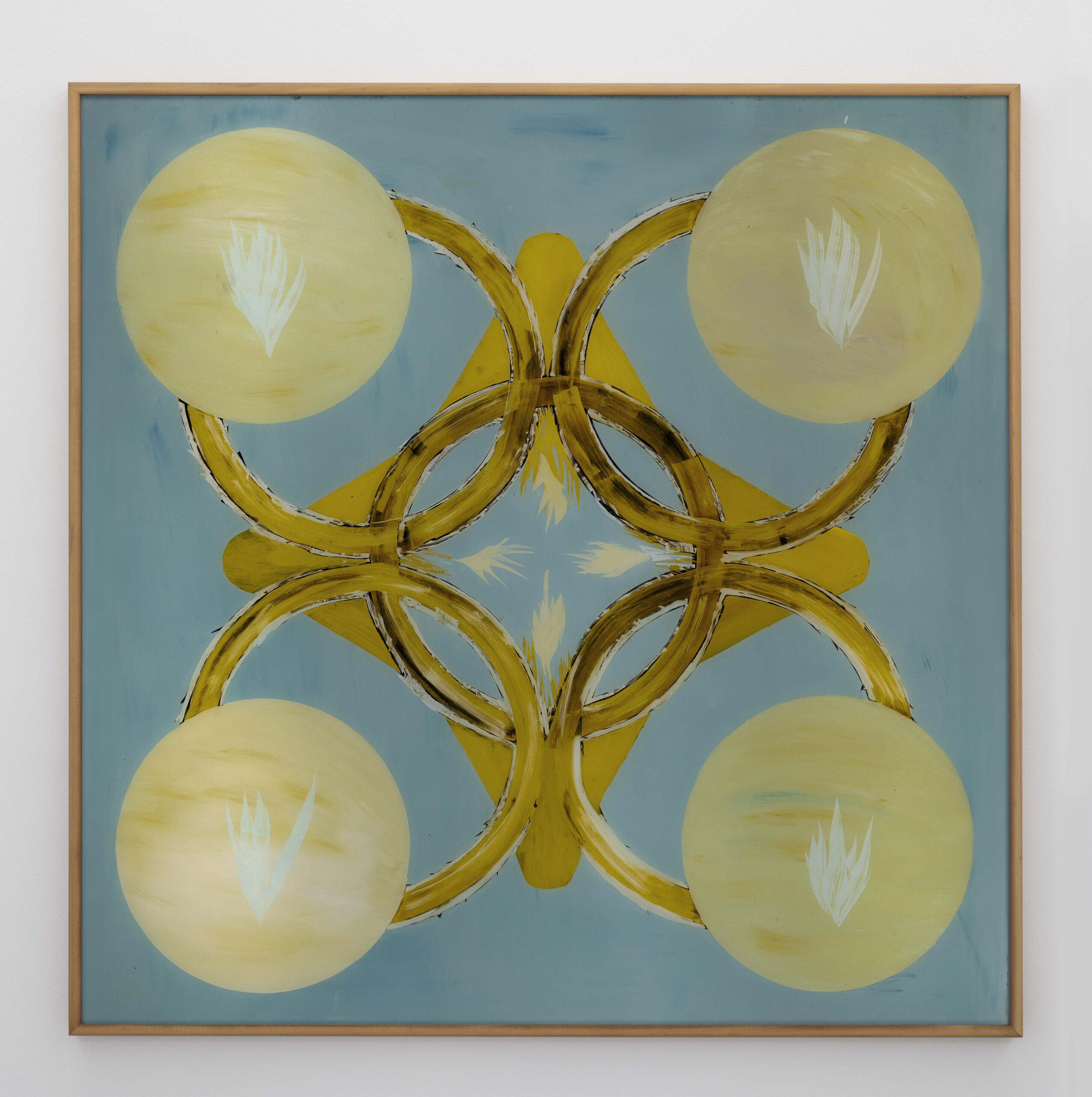
S: gel radiance
2023
oil on toughened glass, reclaimed timber frame (Agathis robusta)
130.0 x 130.0 cm

N: dub deep dark,
2023
oil on toughened glass, reclaimed timber frame (Acacia melanoxylon)
120.0 x 120.0 cm
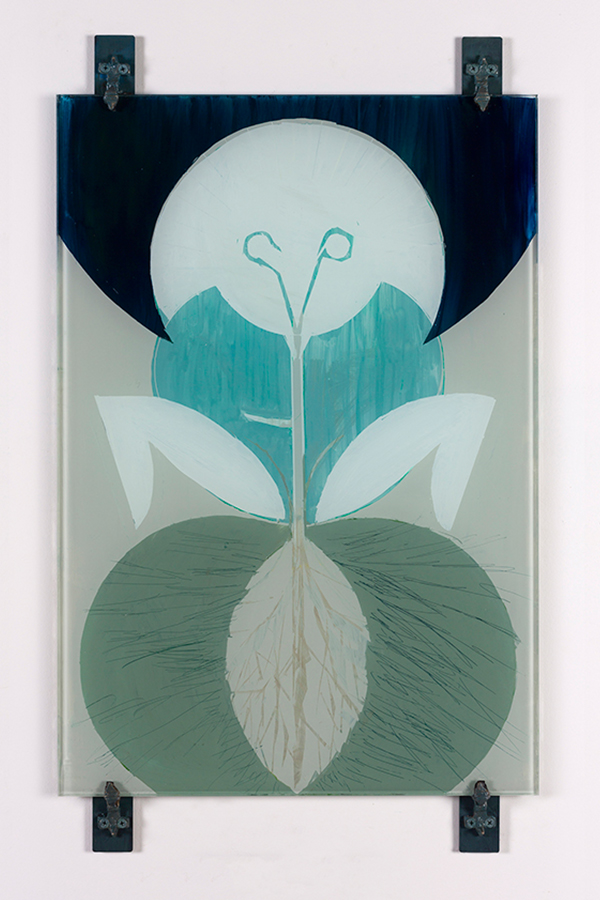
C
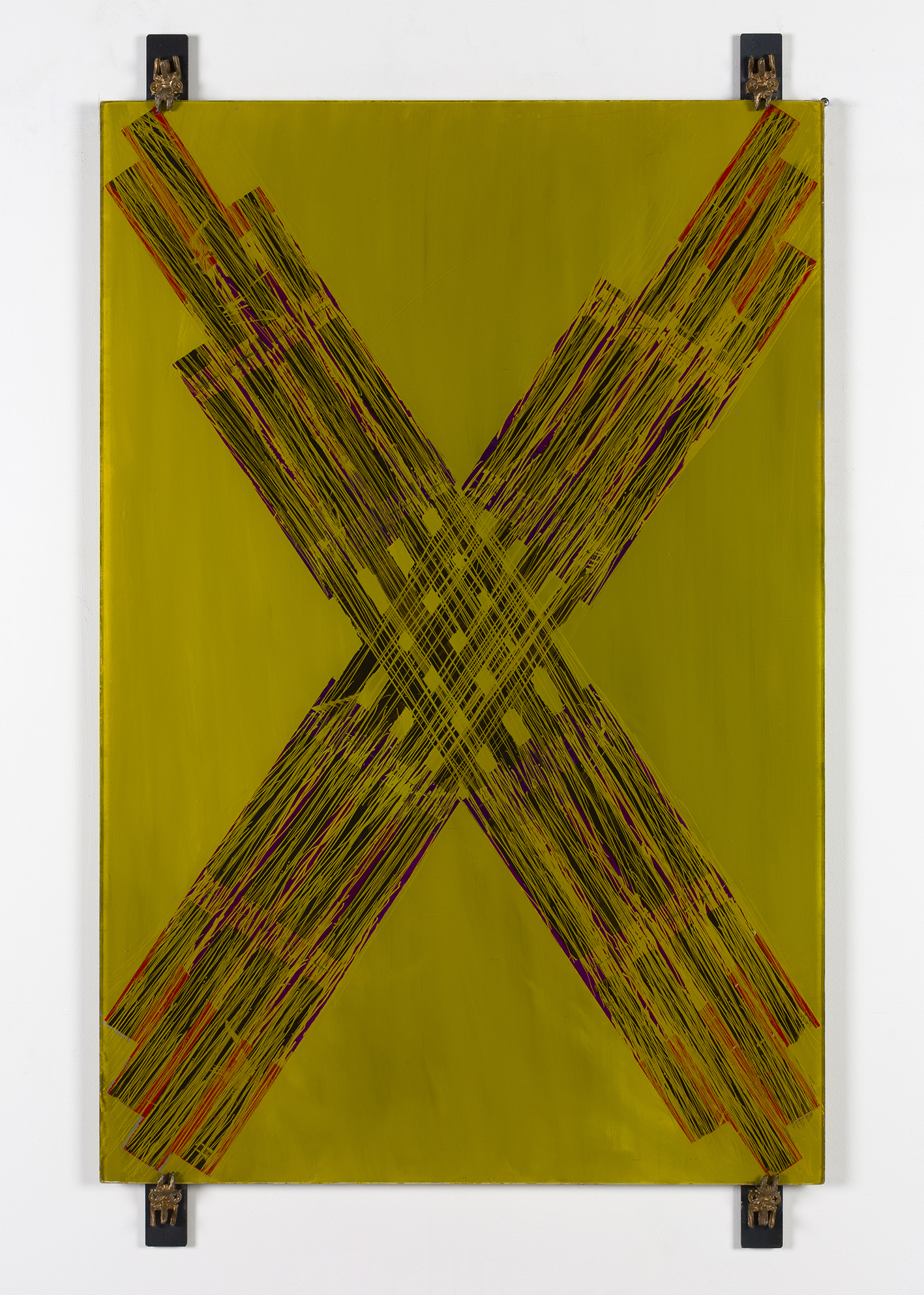
I am a wonder: among flowers
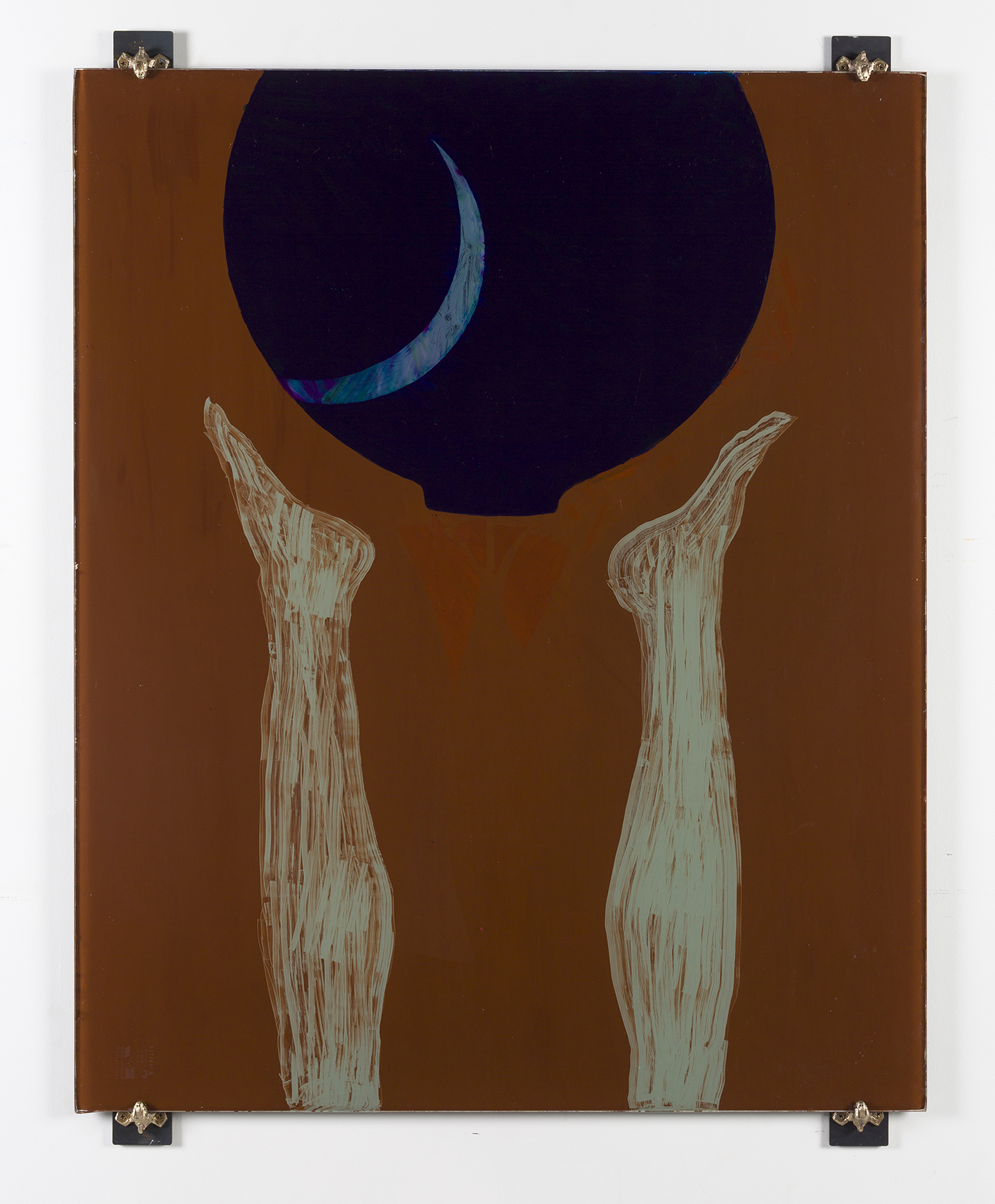
I am a wind: on a deep lake
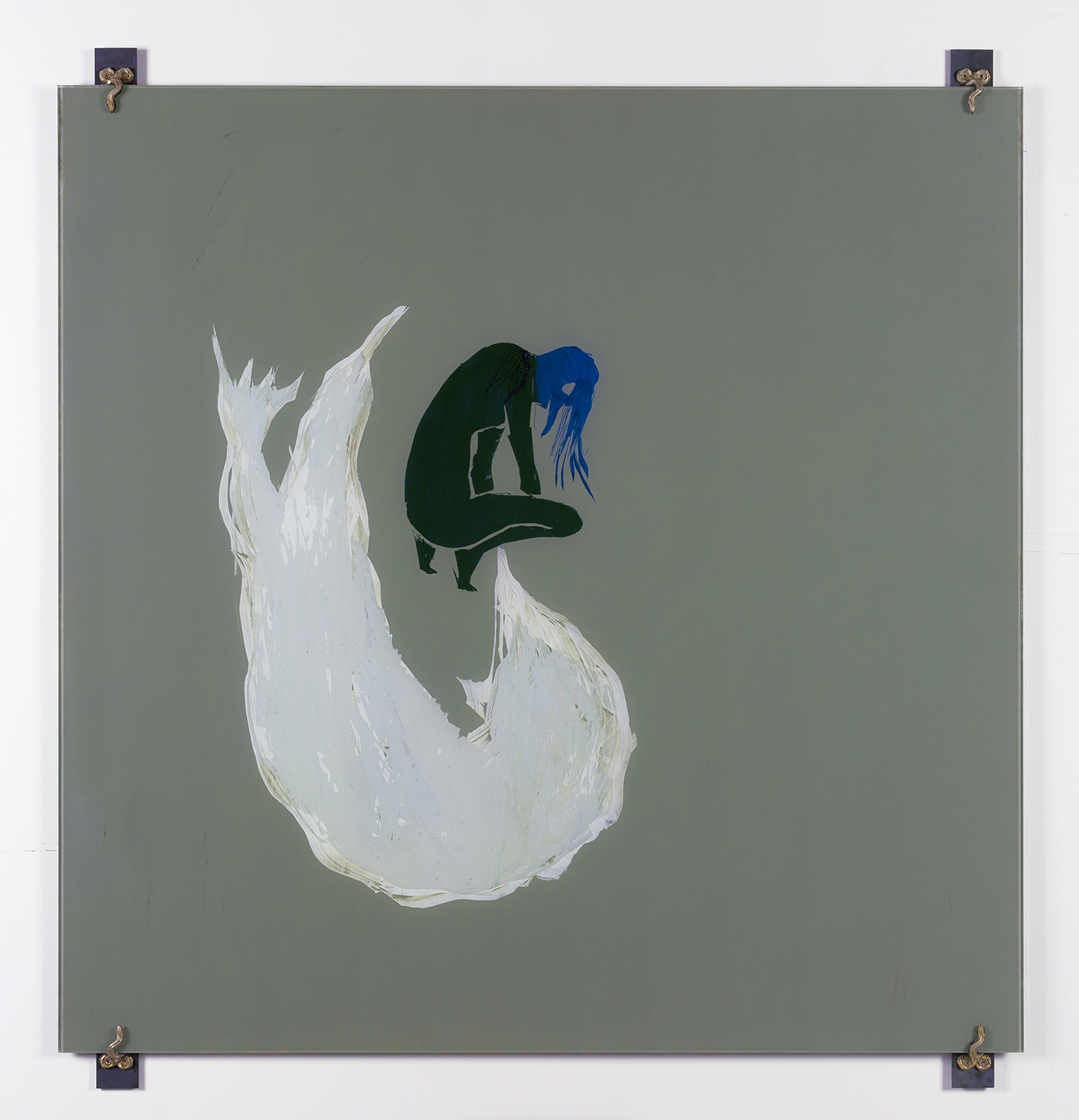
I am a breaker: threatening doom

Biennale of Sydney
2022
Jessica Maurer
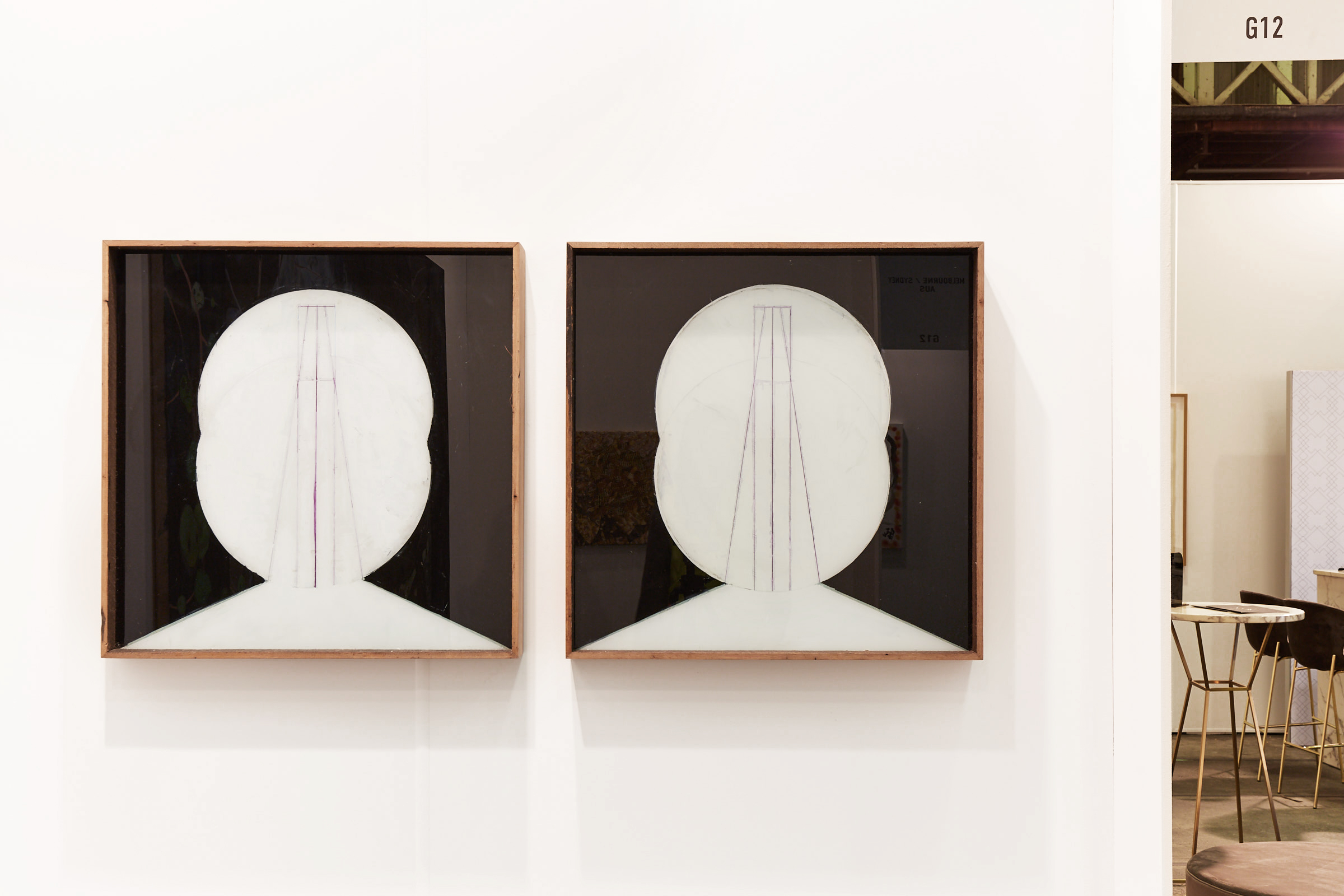
Sydney Contemporary 2019 Booth G12
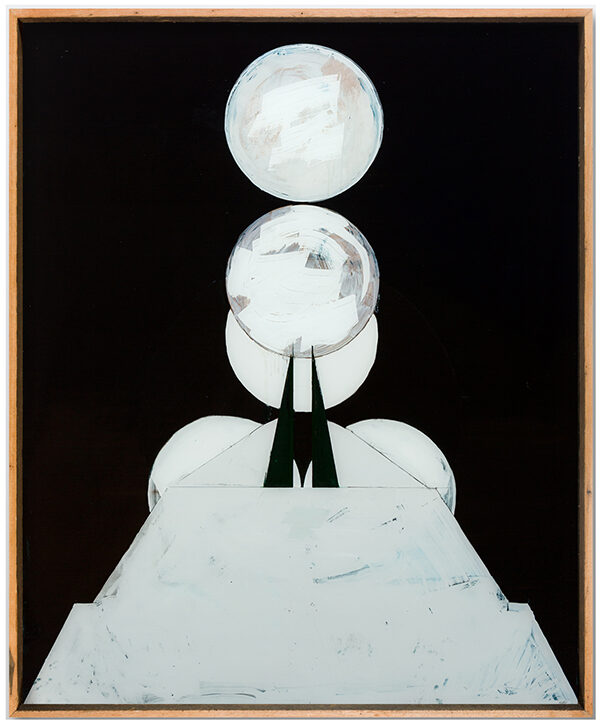
CM_website

NGV Triennial
2020
Sean Fennesy

lfp mottled and green: looking for a cleric sib
2023
installation view
Photo: Jessica Maurer
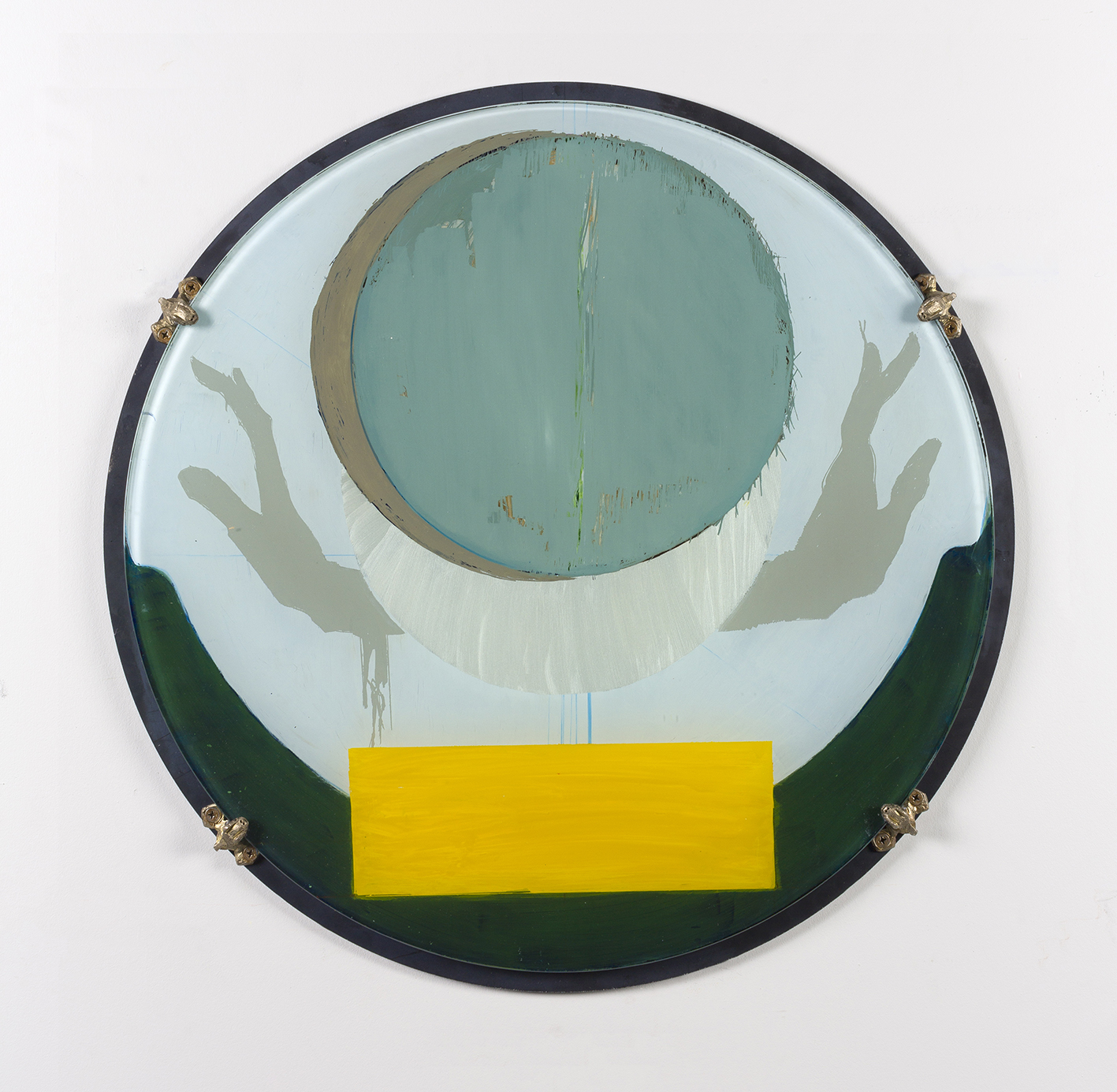
I am the womb: of every holt
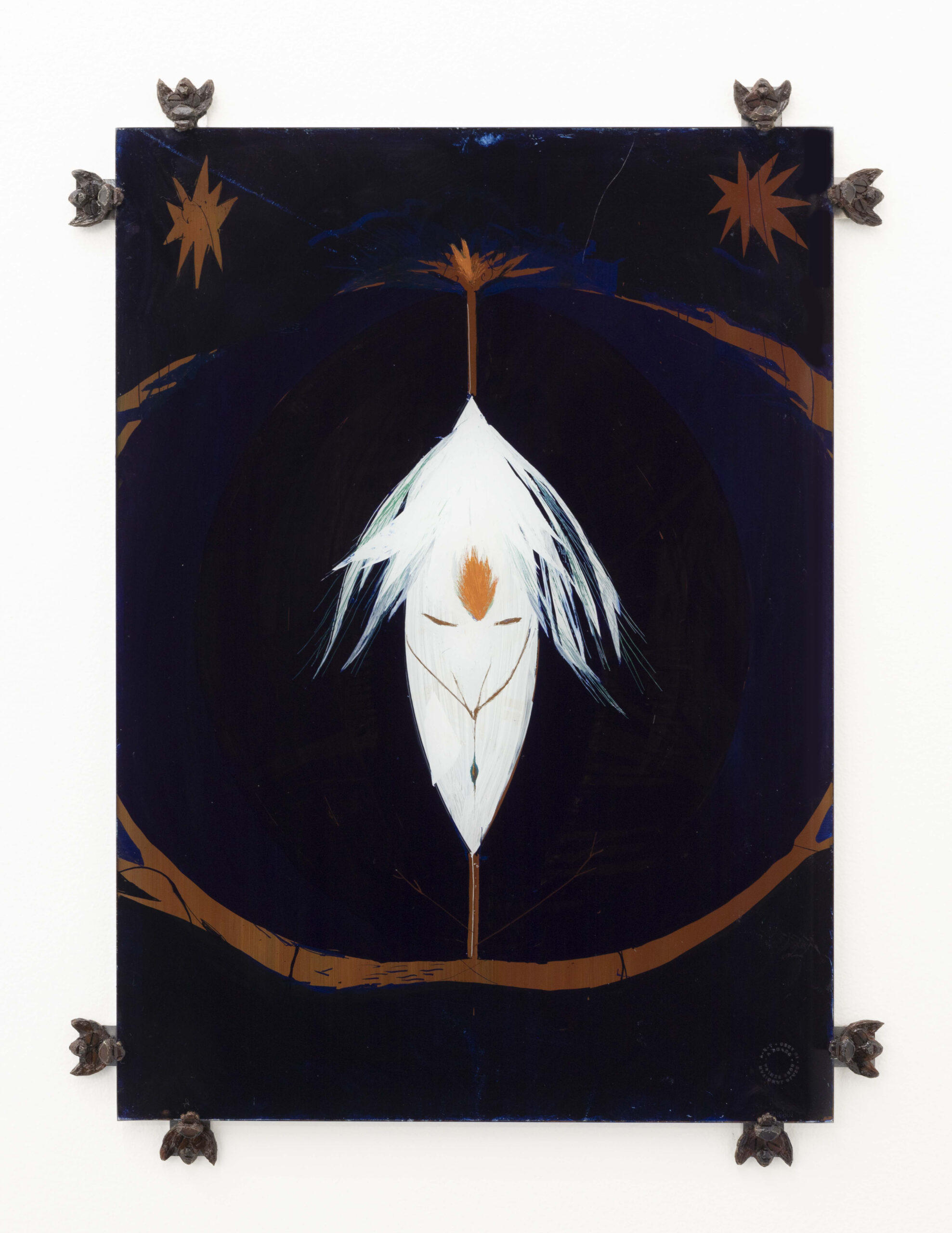
W: odar fresh water
2023
oil on toughened glass, bronze close-readers
60.0 x 43.4 cm
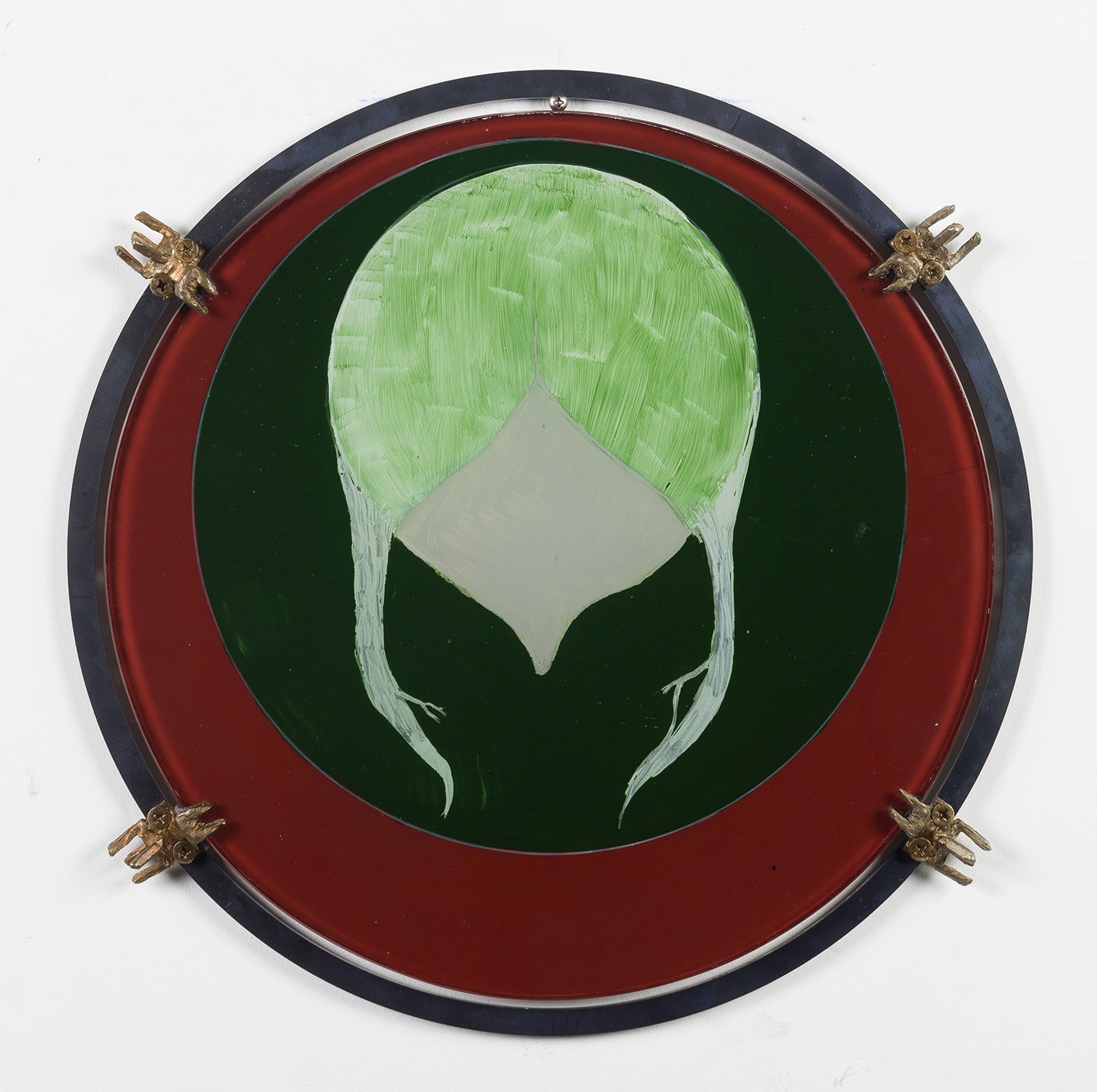
I am a stag: of seven tines
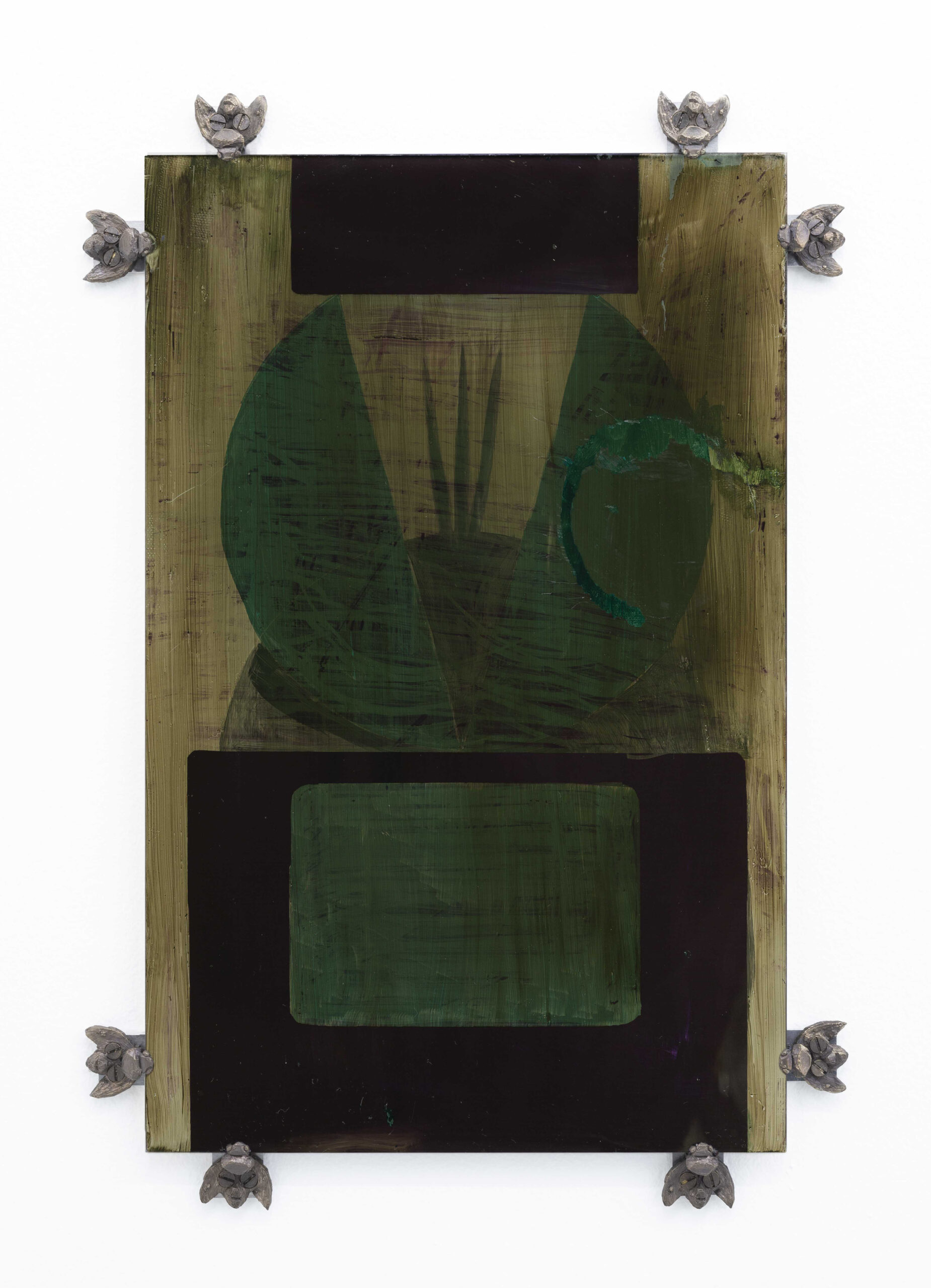
ENE: alad dappled,
2023
oil on toughened glass, bronze close-readers
48.0 x 30.8 cm
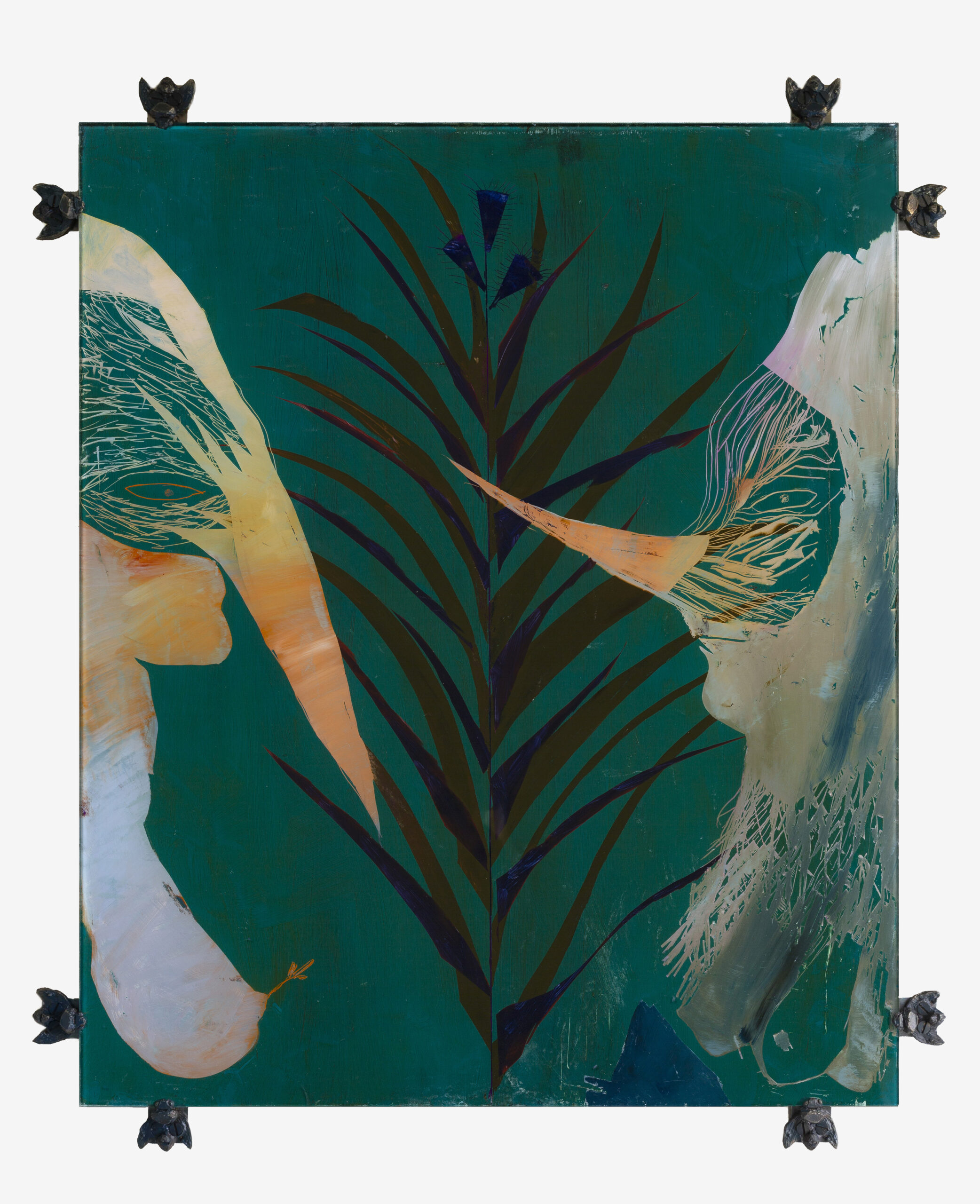
SSW: uaine shining plants
2023
oil on toughened glass, bronze close-readers
60.0 x 50.0 cm
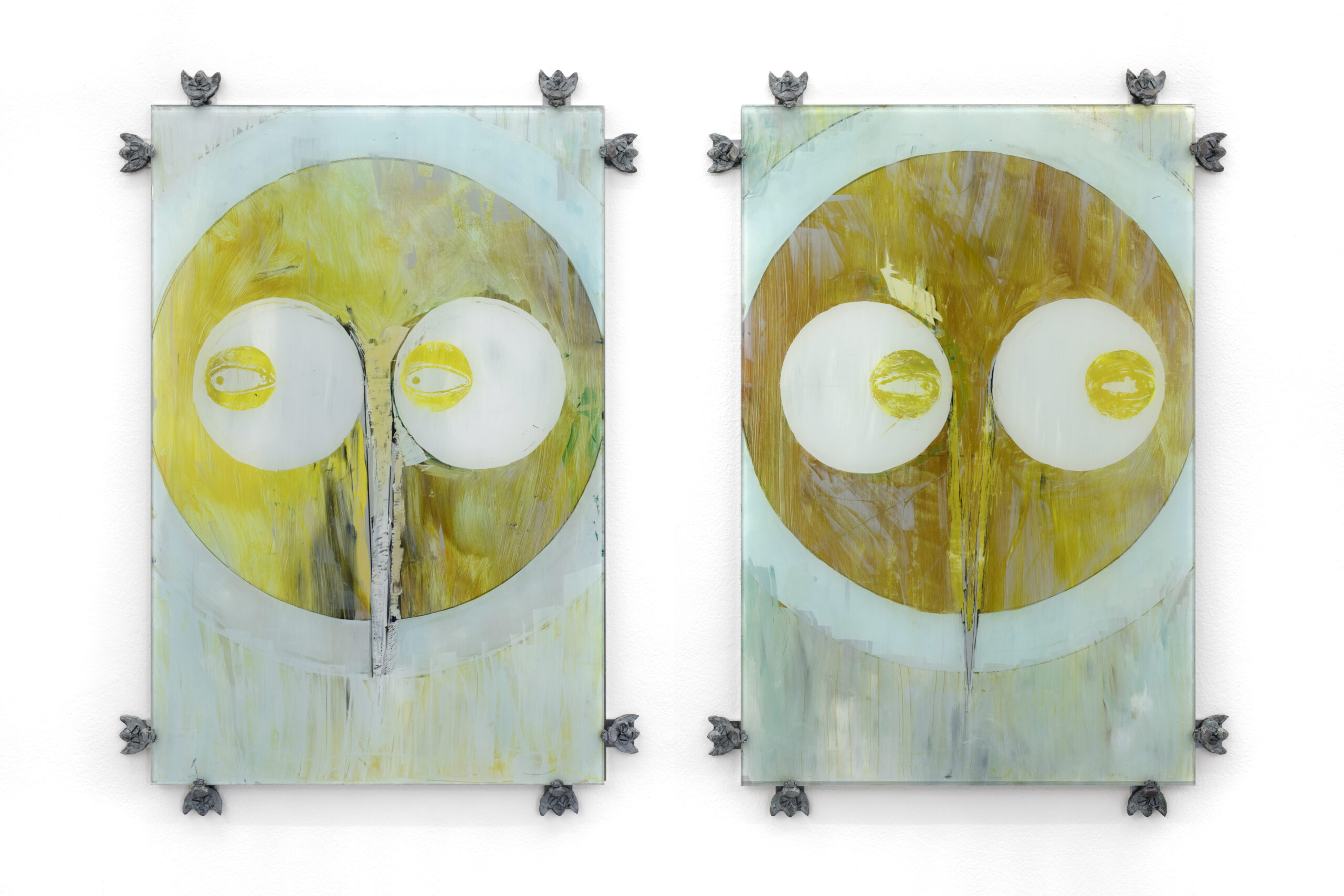
WNW: liath grey matter
2023
oil on toughened glass, bronze close-readers
diptych; each panel 60.0 x 40.0 cm

Three shouts on a hill
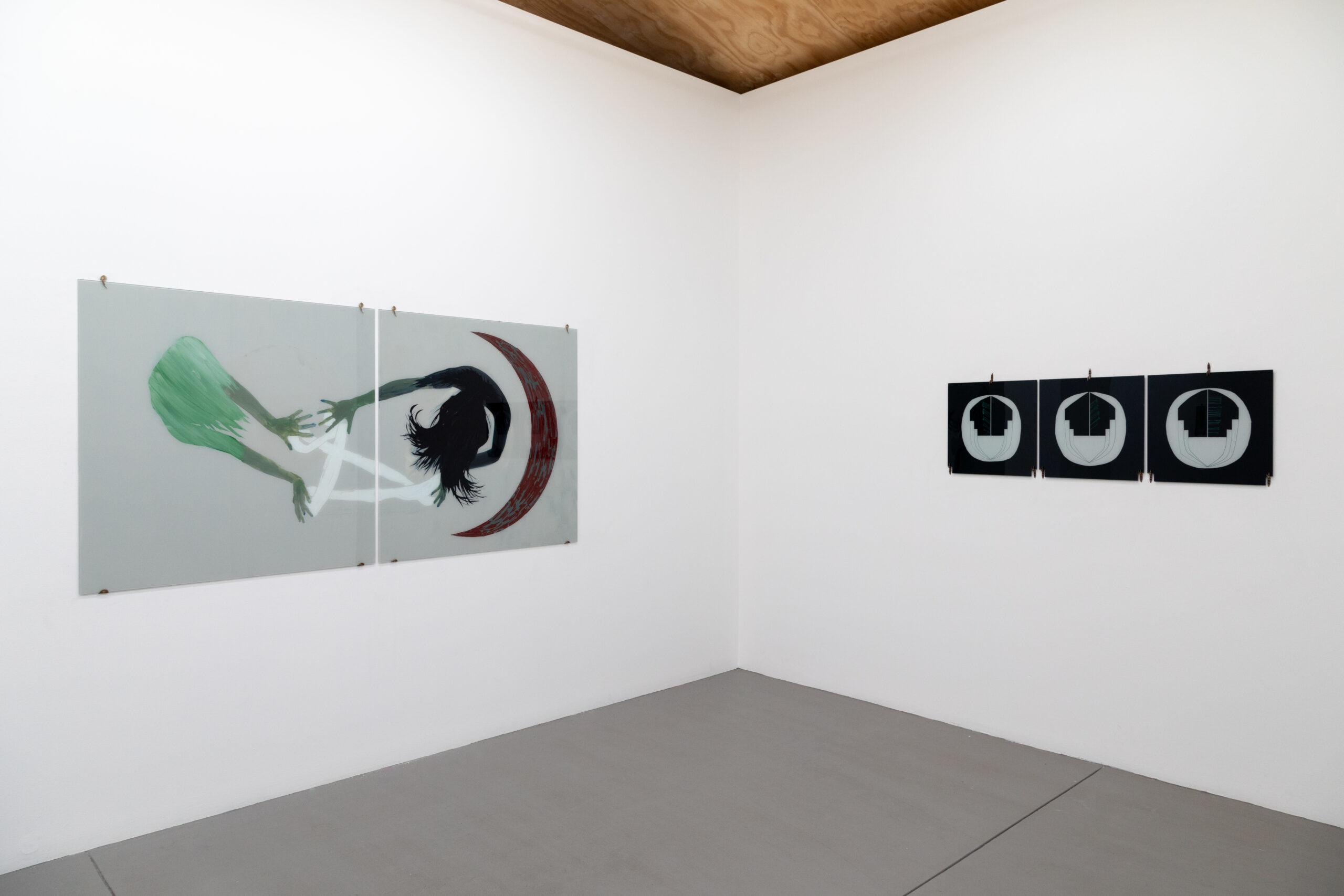
CLARE MILLEDGE Dychymyg Dychymyg - HR-6
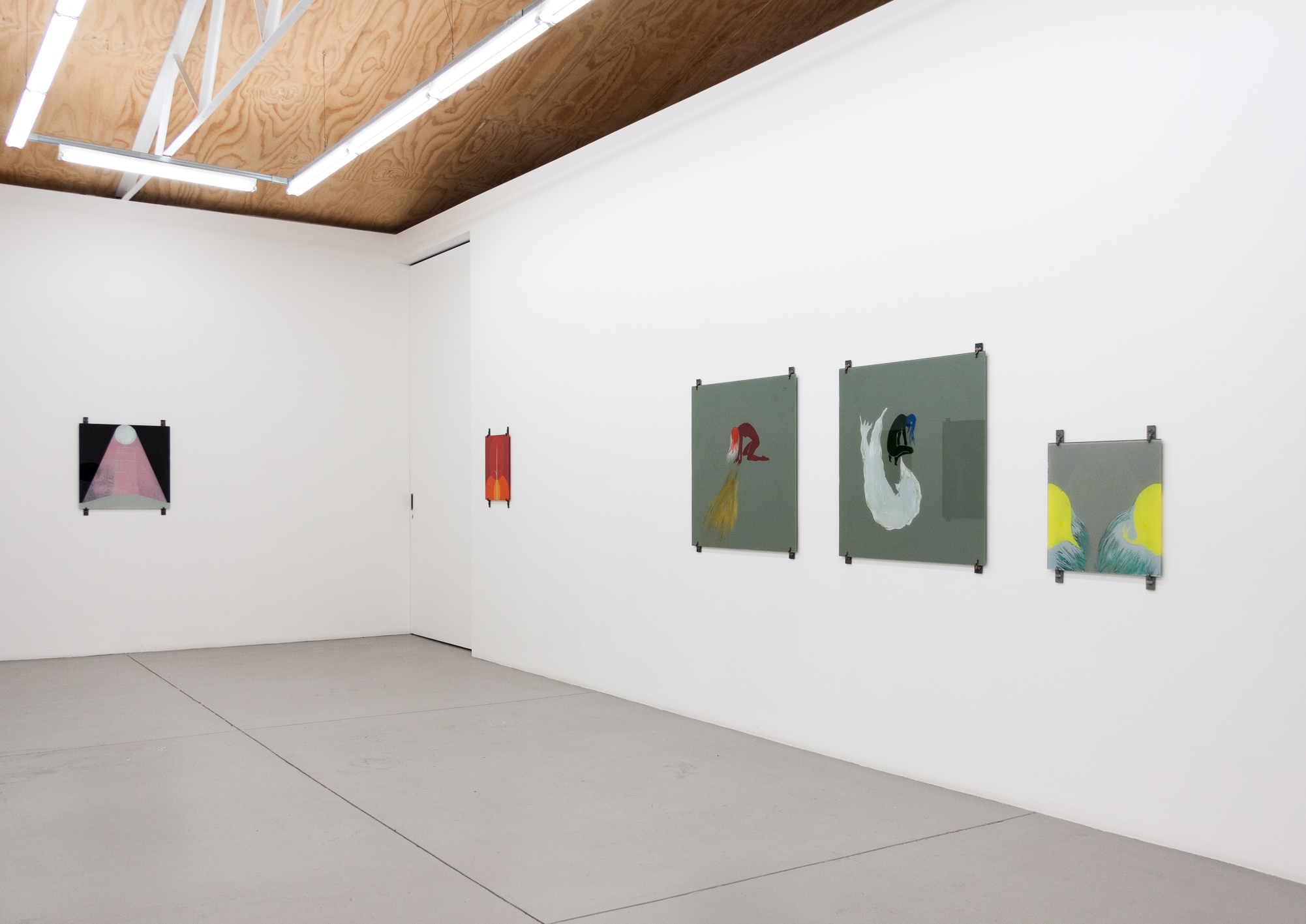
Sacks of wind: a rock harder than rock
2018
installation view